
The Defense & Security 2025 exhibition began in Bangkok on November 10, 2025, and will run until November 13. Held at the IMPACT Exhibition and Convention Center, it is one of Asia’s most important defense events. This biennial exhibition attracts global defense leaders, showcasing the latest military technologies and addressing security challenges. Over 580 companies from 50 countries are participating, marking a major milestone in its 12-year history.
As Asia’s largest defense exhibition, Defense & Security 2025 sets the stage for important discussions on military modernization, cyber threats, and regional defense cooperation. With 26,000 professionals and 350 officials from 35 countries attending, the exhibition is a key moment for defense industry trends.
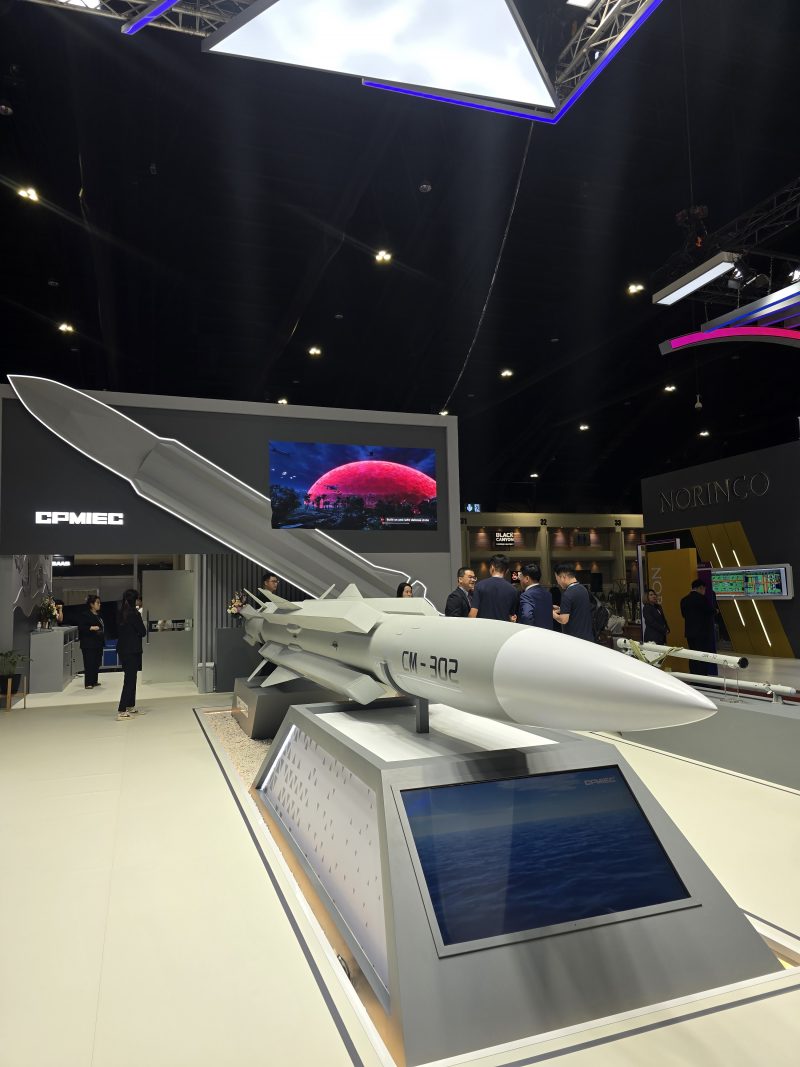
China’s Expanding Role in Global Arms Exports
A key theme at Defense & Security 2025 is China’s growing influence in global arms exports. Over the last decade, China has become a dominant supplier of defense products to countries in Asia and Oceania. Thailand has become one of China’s key partners, acquiring advanced weapons systems, including drones, rifles, armored vehicles, and main battle tanks.
Thailand has increasingly turned to China for military equipment over the United States. In 2023, the Royal Thai Army purchased four Chinese-made military drones, followed by the adoption of Chinese QBZ-195T rifles in 2024. This shift reflects Thailand’s evolving defense strategy and its growing reliance on Chinese military technology, which competes with Western suppliers.
The expanding relationship between China and Southeast Asia is part of a broader trend. By 2021, China delivered 111 VN-1 armored vehicles and 60 VT-4 battle tanks to Thailand. Southeast Asia, including countries like Thailand, Indonesia, and Bangladesh, now accounts for the majority of China’s arms exports, strengthening the region’s role in China’s defense strategy.
Thailand’s Military Modernization and the Regional Arms Race
Thailand’s participation in Defense & Security 2025 is part of a national strategy to modernize its military. As tensions rise in the South China Sea, Thailand is enhancing its defense capabilities across air, land, and sea. This includes the phased acquisition of 12 Gripen E/F fighter jets, approved by the Thai Cabinet, with an estimated budget of 60 billion baht.
Thailand’s 2024 defense budget is around $5.5 billion, a 2% increase from the previous year. The country is diversifying its military suppliers, including US-made Stryker infantry carriers, Chinese VN-1 armored vehicles, and Israeli drones. This strategy is part of a wider arms race in Southeast Asia, where countries like Indonesia, Singapore, and Vietnam are also increasing their defense spending.
The Southeast Asian arms race is driven by the need to secure territorial claims in the South China Sea. It also reflects the region’s complex relationship with both the U.S. and China.
SuperMetalPrice Commentary:
Defense & Security 2025 highlights the shifting balance of power in the Asia-Pacific defense landscape. As China expands its arms exports, countries like Thailand are moving away from traditional Western suppliers in favor of Chinese military technology. This shift is reshaping the global defense industry and will have lasting impacts on the arms trade in Southeast Asia. The exhibition offers significant opportunities for nations and companies to form strategic alliances, which will influence defense policies and industrial partnerships in the years ahead.




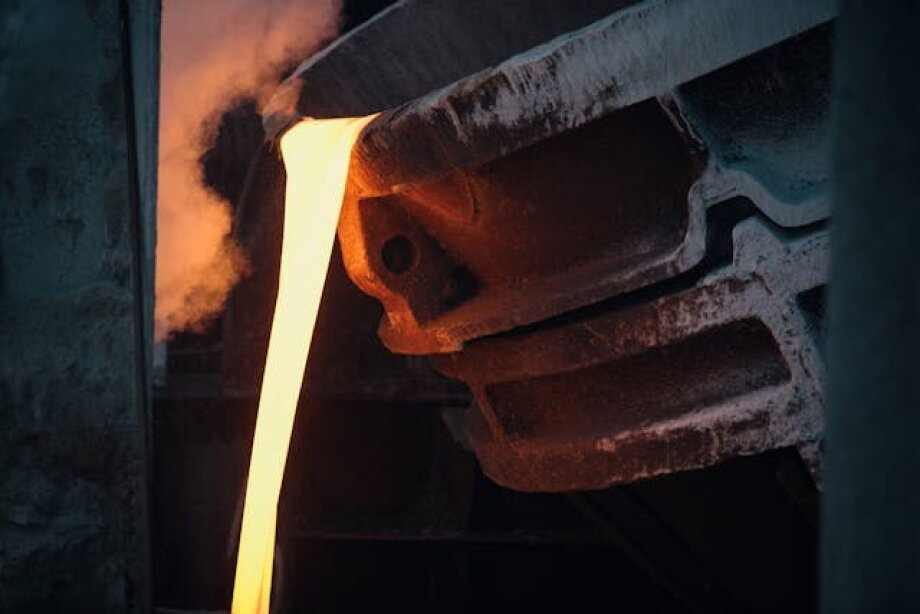


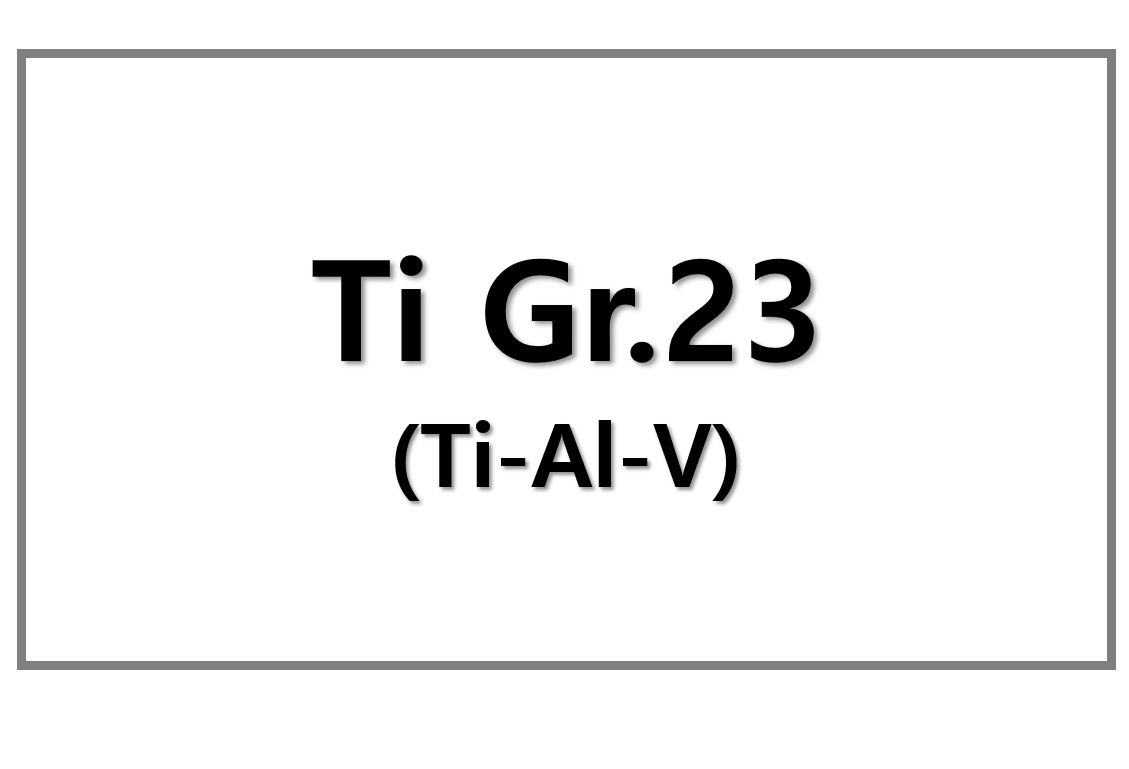
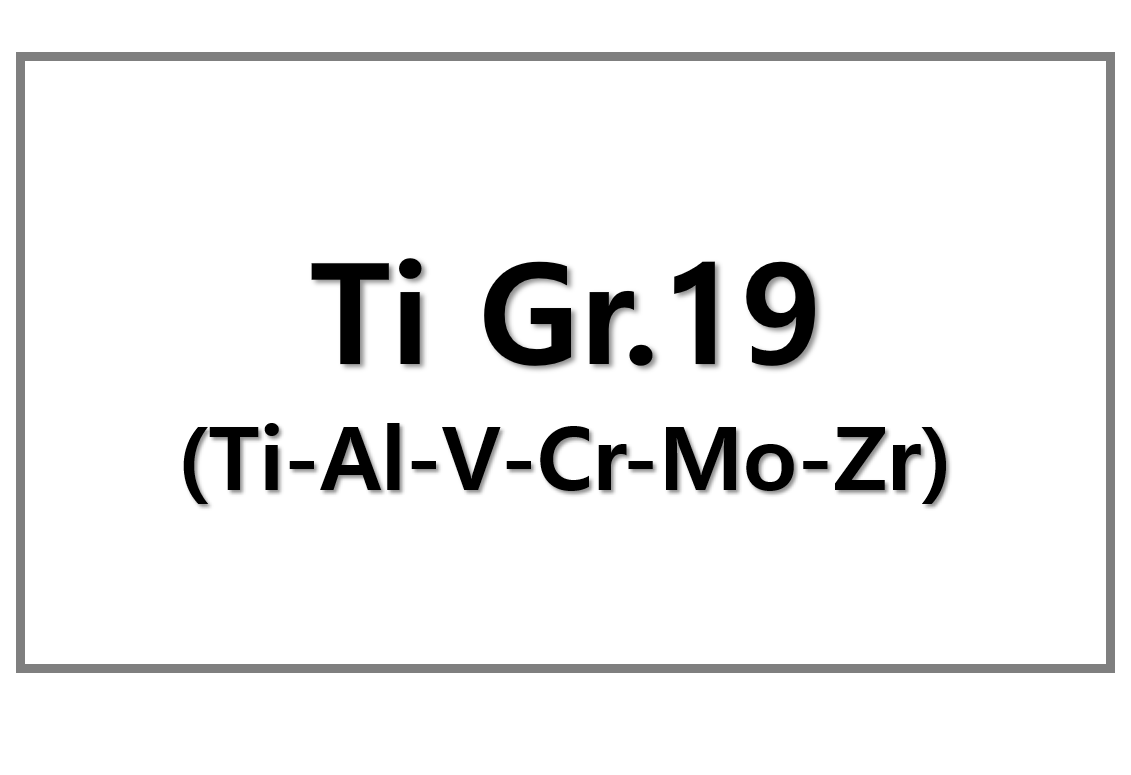
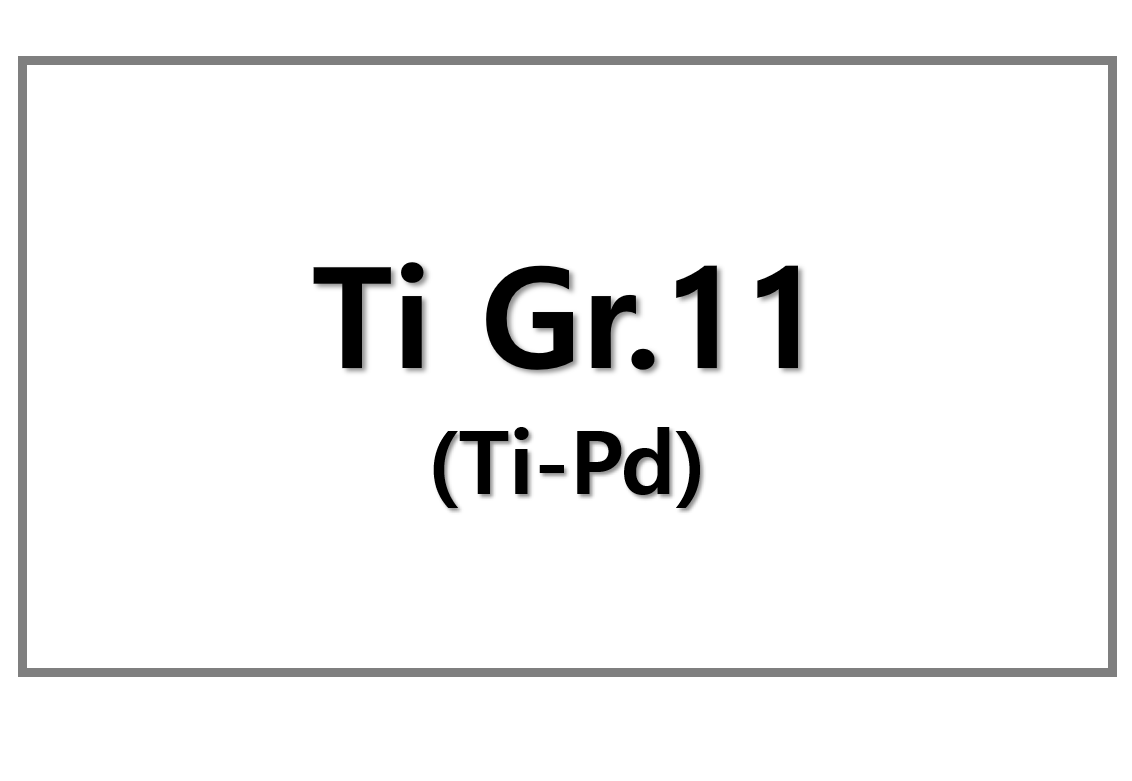

Leave a Reply
You must be logged in to post a comment.